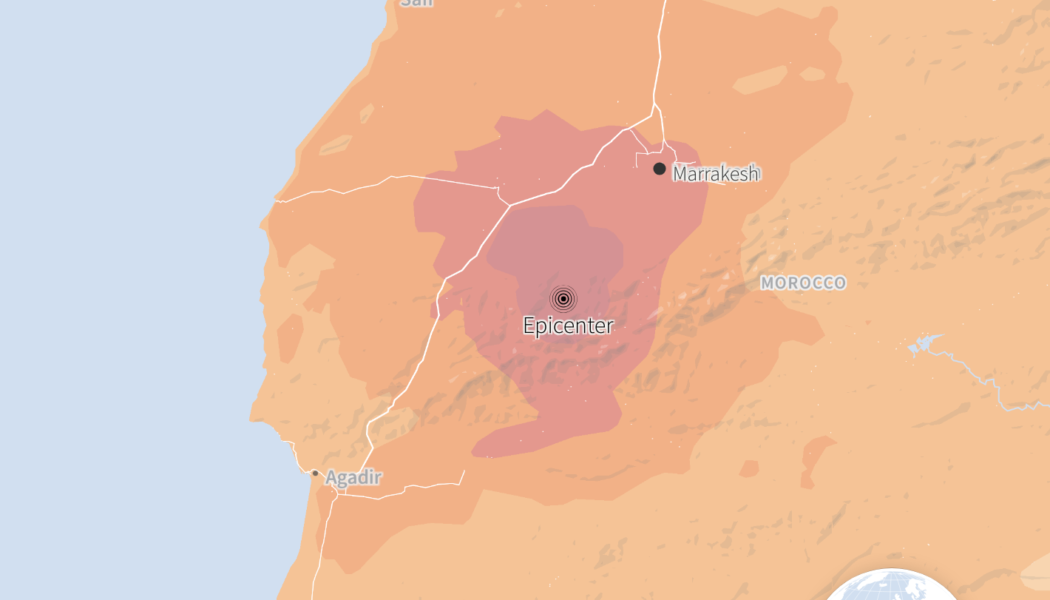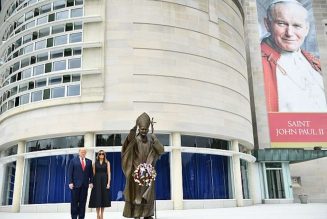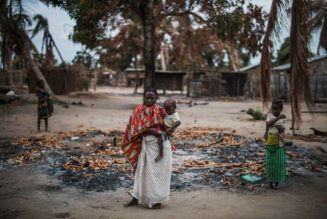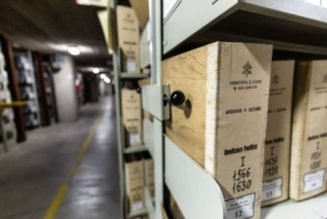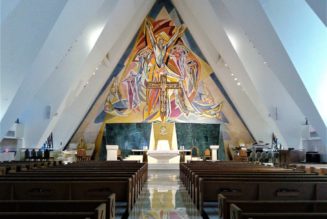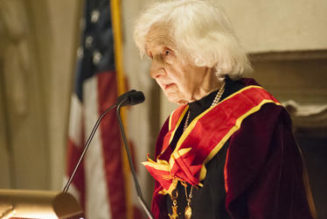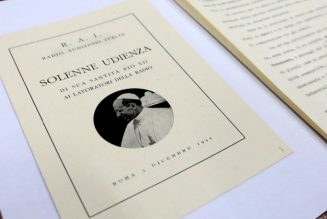AMIZMIZ, Morocco, Sept 9 (Reuters) – Rescuers dug through rubble for survivors in collapsed houses in remote mountain villages of Morocco on Saturday, in the wake of the country’s deadliest earthquake for more than six decades, which killed more than 1,000 people and left many homeless.
The quake that struck in Morocco’s High Atlas mountains late on Friday night damaged historic buildings in Marrakech – the nearest city to the epicentre – while most of the fatalities were reported in mountainous areas to the south.
The Interior Ministry said 1,037 people had been killed and another 672 injured by the quake, gauged by the U.S. Geological Survey at a magnitude of 6.8 with an epicentre some 72 km (45 miles) southwest of Marrakech.
In the village of Amizmiz near the epicentre, rescue workers picked through rubble with their bare hands. Fallen masonry blocked narrow streets. Outside a hospital, around 10 bodies lay covered in blankets as grieving relatives stood nearby.
“When I felt the earth shaking beneath my feet and the house leaning, I rushed to get my kids out. But my neighbours couldn’t,” said Mohamed Azaw. “Unfortunately no one was found alive in that family. The father and son were found dead and they are still looking for the mother and the daughter.”
Rescuers stood atop the pancaked floors of one building in Amizmiz, bits of carpet and furniture protruding from the rubble. A long queue formed outside the only open shop as people sought supplies. Underlining the challenges facing rescuers, fallen boulders blocked a road from Amizmiz to a nearby village.
Nearly all the houses in the area of Asni, some 40 km south of Marrakech, were damaged, and villagers were preparing to spend the night outside. Food was in short supply as roofs had collapsed on kitchens, said villager Mohamed Ouhammo.
Montasir Itri, a resident of Asni, said the search was on for survivors.
“Our neighbours are under the rubble and people are working hard to rescue them using available means in the village,” he said.
The quake, which hit at around 11 p.m. (2200 GMT), affected a sweep of the High Atlas mountain range. Tremors were felt as far away as Huelva and Jaen in the southern Spanish region of Andalusia.
The World Health Organization said more than 300,000 people were affected in Marrakech and surrounding areas.
Street camera footage in Marrakech showed the moment the earth began to shake, as men suddenly looked around and jumped up, and others ran for shelter into an alleyway and then fled as dust and debris tumbled around them.
In Marrakech, where 13 people were confirmed dead, residents spent the night in the open, afraid to go home.
In the heart of its old city, a UNESCO World Heritage site, a mosque minaret had fallen in Jemaa al-Fna Square.
Injured people filtered into Marrakech from the surrounding areas seeking treatment.
State television footage from the Moulay Ibrahim area some 40 km (25 miles) south of Marrakech showed dozens of houses collapsed at the foothills of a mountain, and residents digging graves as groups of women stood in the street.
[1/7]Rescuers carry a search operation following a powerful earthquake, in Amizmiz, in Morocco, September 9, 2023. REUTERS/Abdelhak Balhaki Acquire Licensing Rights
FLEEING FOR SAFETY
In Marrakech, where rubble had tumbled into the streets, residents described desperate scenes as people fled for safety.
“I still can’t sleep in the house because of the shock and also because the old town is made up of old houses,” said Jaouhari Mohamed, an resident of the old city.
Moroccan state television broadcast images of troops being deployed.
Turkey, where powerful earthquakes in February killed more than 50,000 people, was among nations expressing solidarity and offering to provide support.
Algeria, which broke off ties with Morocco in 2021 after escalating tensions between the countries focused on the Western Sahara conflict, said it would open airspace for humanitarian and medical flights.
The quake was recorded at a depth of 18.5 km, typically more destructive than deeper quakes of the same magnitude. It was Morocco’s deadliest earthquake since 1960 when a quake was estimated to have killed at least 12,000 people, according to the U.S. Geological Survey.
“The shallow earthquakes are normally more destructive,” said Mohammad Kashani, Associate Professor of Structural and Earthquake Engineering at the University of Southampton.
He compared scenes of the aftermath to images from Turkey in February: “The area is full of old and historical buildings, which are mainly masonry. The collapsed reinforced concrete structures that I saw … were either old or substandard.”
Marrakech is due to host the annual meetings of the International Monetary Fund and World Bank from Oct. 9.
An IMF spokesperson, asked about the planned meetings, said: “Our sole focus at this time is on the people of Morocco and the authorities who are dealing with this tragedy.”

MARRAKECH DAMAGE
In Marrakech, some houses in the tightly packed old city had collapsed and people used their hands to remove debris while they waited for heavy equipment, said resident Id Waaziz Hassan.
People in the capital city of Rabat, about 350 km north of Ighil, and in the coastal town of Imsouane, about 180 km to its west, also fled their homes, fearing a stronger quake.
In Casablanca, some 250 km north of Ighil, people who spent the night in the streets were too scared to return to their homes.
“The house rocked aggressively, everyone was scared,” said resident Mohamed Taqafi.
Additional reporting by Zakia Abdennebi in Rabat, Tarek Amara in Tunis, Alexander Cornwell in Imsouane, Ahmed Tolba in Dubai, Jose Joseph in Bengaluru, Muhammad Al Gebaly and Adam Makary in Cairo; Michelle Nichols in New York, Graham Keeley in Madrid, Josephine Mason in London
Writing by Angus McDowall and Tom Perry
Editing by Tomasz Janowski, Peter Graff and Frances Kerry
Our Standards: The Thomson Reuters Trust Principles.
